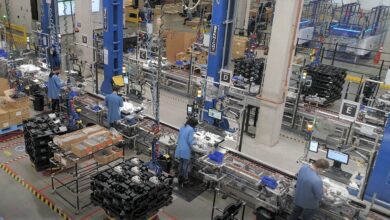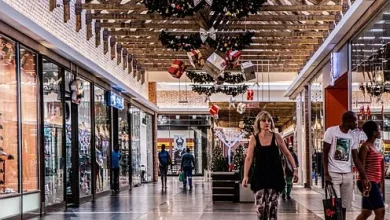Advice
How can e-tailers transform the high-street?

While 14 shops close every day in the UK, a number of e-tailers are moving into the physical retail space trying their hand at bringing the online experience offline via immersive and experiential activations. This is hardly surprising, given shoppers continue to crave real-life, tangible experiences.
You'll need to
subscribe to unlock this content. Already subscribed? Login?






